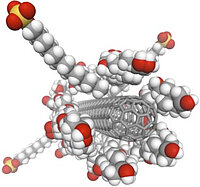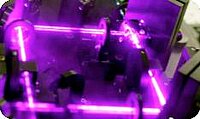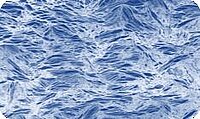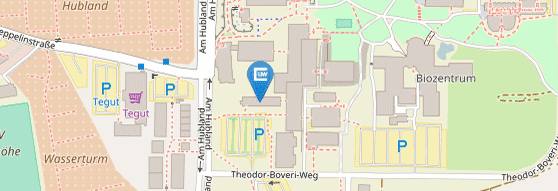Research
Nanosurface Spectroscopy
Nanosurfaces

Due to their large surface-to-volume ratio, the interaction of nanoparticles with their environment is key to particle growth, properties and function. Nanosurfaces thus play an important role for a wide variety of applications, ranging from sensing to biomedicine, composites, over multifunctional electrodes to photodetectors and more. However, interactions between nanoparticles and their surroundings are notoriously difficult to characterize and are thus often not well understood. The aim of our work is to develop tools to study and make sense of such interactions. We focus on single-wall carbon nanotube - solvent interfaces which lend themselves as model systems for the discovery of novel phenomena.
New Methods

We develop new methods that allow to study phenomena at nanoparticle surfaces by the combination of existing tools from ultrafast- and fluorescence-spectroscopy, fluorescence microscopy, colloidal chemistry and microfluidics.
Advanced Spectroscopy

Nanoscale systems present unique opportunities for the exploration of optical phenomena in low dimensional systems. We focus on studying the dynamics of excitons and charged excitons - so called trions - in single-wall carbon nanotubes (SWNTs). The techniques we use range from ultrafast pump-probe spectroscopy in the near infrared and visible range of the spectrum over single-particle fluorescence microscopy and spectroscopy to spectroelectrochemistry on the single particle- and at the ensemble levels.
Applications

We also explore the potential of carbon nanotubes for energy conversion- and electronic- applications.





